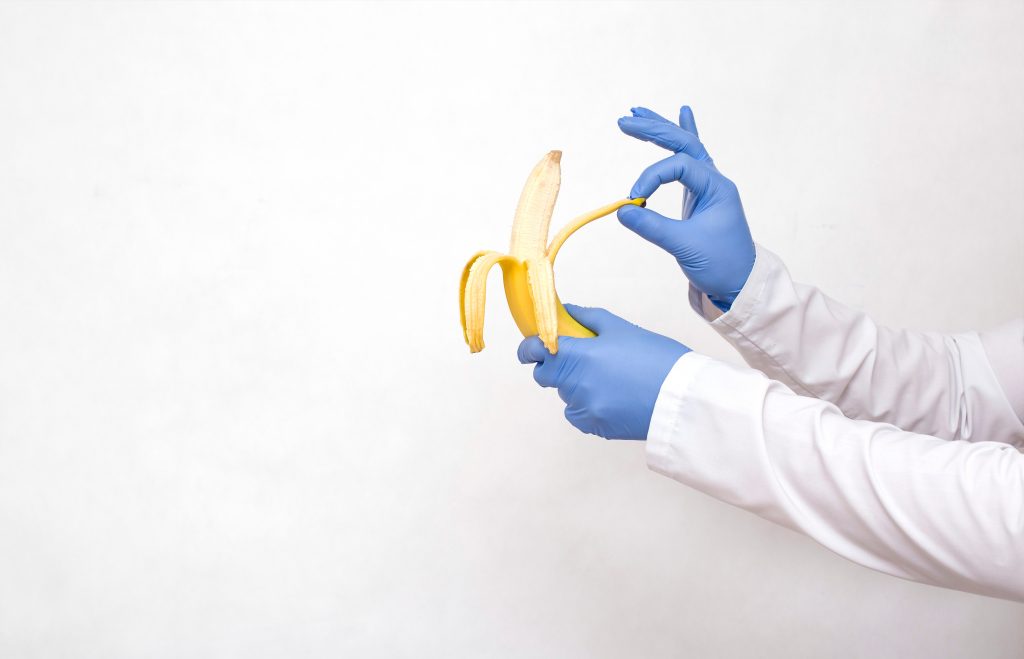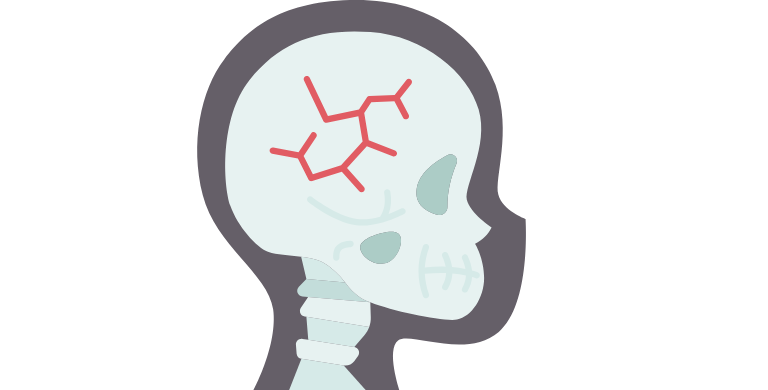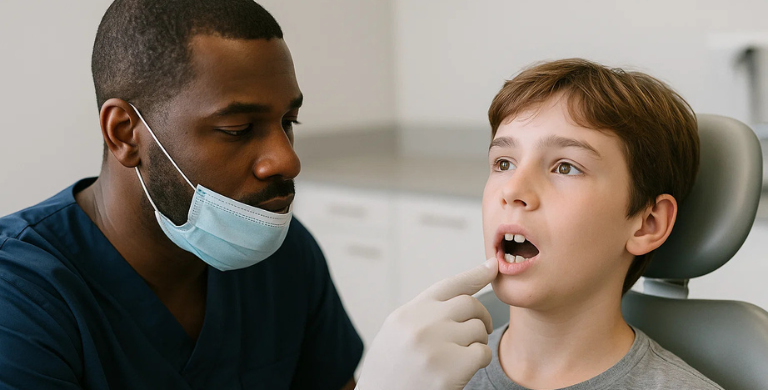Boys are born with a hood of skin, called the foreskin, covering the head (also called the glans) of the penis. Circumcision is a surgical procedure to remove the foreskin and expose the tip of the penis.
Parents who choose circumcision do so based on religious beliefs, hygiene concerns, and cultural or social reasons. Circumcision is not essential for a child’s health; parents should choose what is best for their child by considering the benefits and risks.
Routine circumcision is usually performed during the first ten days (often within the first 48 hours), either in the hospital or at home for some religious ritual circumcisions.
Parents should therefore decide before or soon after birth if they want their son circumcised, as the procedure can be more complicated and usually requires general anaesthesia if done later in life.
Older children or adults may also need circumcision to treat several conditions, including swelling and inflammation of the foreskin or the inability to return a retracted foreskin to its original position.
Pros and cons
- Circumcised infants are less likely to develop urinary tract infections (UTIs).
- Men who had circumcisions are less likely to get cancer of the penis.
- Some studies indicate that the procedure might lessen sexually transmitted infections (STIs), including HIV.
- Penile problems, such as irritation, inflammation, and infection, are more common in uncircumcised males.
- It’s easier to clean and wash a circumcised penis, especially for children.
Although circumcision appears to have some medical benefits, it also carries potential risks — like any surgical procedure. Complications of new-born circumcision, although uncommon, can include minor bleeding and local infection, both of which can be easily treated by your doctor.
What happens during a routine circumcision?
When performed by a doctor, circumcision often only takes a few minutes. In the hospital, a doctor will attach an instrument (usually a clamp) to the penis and remove the foreskin with a scalpel.
Babies are typically awake during the circumcision, but they might be given some acetaminophen and an anaesthetic (an injection or a cream) before the procedure to help with pain relief.
Afterward, the doctor will apply a topical antibiotic or petroleum jelly over the area and wrap the penis with gauze to prevent it from sticking to the diaper.
Following circumcision, it is essential to keep the area as clean and protected as possible. Gently clean with warm water. Your doctor may recommend putting a dab of petroleum jelly on the baby’s penis or on the front of the diaper for three to five days to ease any potential discomfort caused by friction against the diaper.
It usually takes between 7 to 10 days for a penis to heal. Initially, the tip may appear slightly swollen and red, and you may notice a small amount of blood on the diaper. You also may see a slight yellow discharge or crust after a couple of days.
Intercare offers safe circumcisions at our family-friendly day hospitals. Our caring, compassionate, and child-friendly surgical team includes expert surgeons, anaesthesiologists, and nurses, all extensively trained and experienced.
Intercare Day Hospitals welcomes you and your family
Intercare day hospitals carry out procedures that do not require an overnight stay. The surgical services prioritise patient safety and comfort, utilising procedure-related techniques and technology. This approach accelerates healing by getting patients home and back into comfortable surroundings as quickly as possible.
Discover compassionate care in modern facilities. Our expert team ensures your comfort and safety from consultation to admission, surgery and discharge in one day. Experience healthcare excellence with us.













